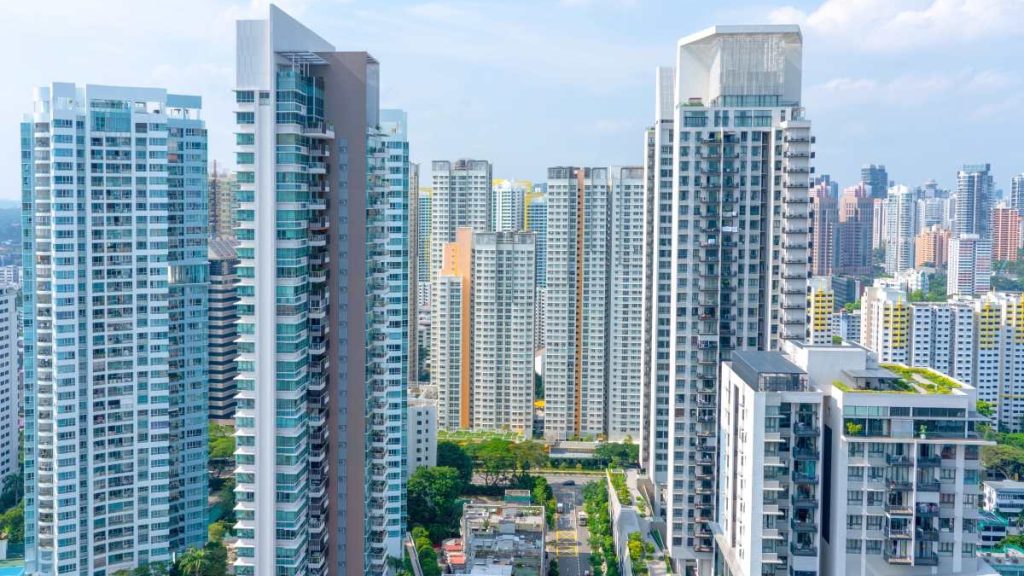Singapore’s urban landscape is constantly evolving, with former industrial areas being transformed into vibrant residential and commercial hubs. These redeveloped zones present significant opportunities for condo investors seeking long-term appreciation and rental income. High-profile projects like The Orie and Parktown Residence illustrate the potential for growth in such areas. In this article, we’ll explore the factors that make redeveloped industrial areas attractive for condo investments.
1. The Appeal of Transformation
Redeveloped industrial areas often benefit from government-led initiatives that inject modern infrastructure, enhanced connectivity, and lifestyle amenities. Such transformations significantly increase the desirability of these locales. The Orie, located near the rejuvenated Toa Payoh area, exemplifies this trend by offering residents a mix of modern facilities and easy access to central business districts. These redevelopments tend to attract young professionals and families, driving demand for quality housing.
2. Proximity to Emerging Economic Hubs
Redeveloped industrial zones are frequently earmarked for mixed-use developments, blending residential, commercial, and recreational spaces. This proximity to economic hubs enhances their value for both residents and investors. For example, Parktown Residence in Tampines benefits from its integration into a bustling area with retail, educational institutions, and business parks. Such factors make condos in these areas highly appealing to tenants and buyers alike, ensuring steady rental yields and price appreciation.
3. Enhanced Connectivity and Accessibility
Improved transport networks often accompany the redevelopment of industrial areas, increasing their accessibility and appeal. New MRT stations, expressways, and bus routes make these zones more connected to the rest of Singapore. Properties like The Orie and Parktown Residence leverage their strategic locations near major transit nodes, allowing investors to capitalize on enhanced connectivity. These transportation links not only improve the quality of life for residents but also bolster the area’s long-term growth prospects.
4. Affordability and Upside Potential
Redeveloped industrial areas typically offer more competitive entry prices compared to established residential districts. This affordability creates an opportunity for higher percentage gains as the area matures. Early investors in projects like The Orie can benefit from appreciation driven by infrastructure upgrades and increased demand. Similarly, Parktown Residence offers investors a chance to tap into the growing appeal of Tampines, a neighborhood evolving into a self-sufficient urban hub.
5. Risks and Considerations
While redeveloped industrial areas hold immense promise, investors should carefully evaluate potential risks. Uncertainty about the pace and extent of redevelopment, competition from other projects, and potential oversupply are critical factors to consider. It’s essential to analyze master plans, government policies, and the track record of developers behind projects like The Orie and Parktown Residence. Thorough due diligence ensures a balanced approach to investment in these up-and-coming locations.
Conclusion: A Promising Frontier for Condo Investors
Investing in condos within Singapore’s redeveloped industrial areas offers the chance to ride the wave of transformation. Projects like The Orie and Parktown Residence highlight the potential of these areas to deliver strong returns through strategic redevelopment and enhanced amenities. By carefully evaluating location, infrastructure plans, and market dynamics, investors can tap into these emerging opportunities and secure a stake in Singapore’s ever-evolving property market.

